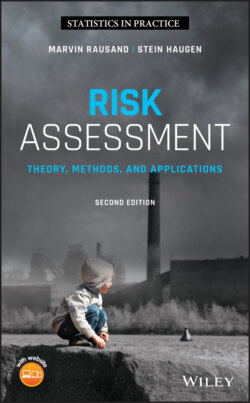Читать книгу Risk Assessment - Marvin Rausand - Страница 225
Definition 4.9 (System analysis)
ОглавлениеThe process of studying a system by decomposing the system into elements (functions or components) to gain a better understanding of the system and to realize how the elements relate to each other.
System analysis implies that all adequate knowledge about a system can be obtained by breaking the system down – or decomposing it – into its constituent elements and by carefully and individually studying each of the constituent elements and the interfaces and connections between these. A system can only be analyzed adequately when the system complies with the Newtonian–Cartesian paradigm.
In the context of risk assessment, analysis is used to identify weak points and to determine the risk associated with a system. The system may be an existing system or a proposed system concept. The analysis is always performed based on a system model. Several types of models and analyses are described in detail later in the book.
A system analysis of an existing system can be seen as a reverse engineering process that is carried out to understand how the system is built and how it is functioning, usually to improve it. For new cutting edge products, competitors may sometimes use analysis, in the meaning of reverse engineering, to learn and “steal” the new technology.
A system analysis may be followed by its inverse process, the synthesis. The term “synthesis” is defined as follows:
